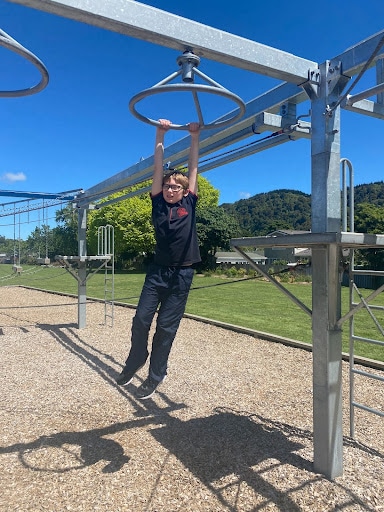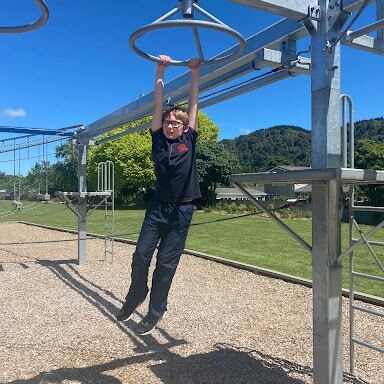
Most of the emails I get in the Fairplay inbox are from grownups, so I was really excited when I got this message:
Hi my name is Bowen and I would like to know how you are gonna ban advertising or commercials for kids because I think it would be good for the environment. Then kids would be throwing away less plastic because they’re buying less stuff and then fast food ads would stop and kids would be nice and healthy. I’m a year 7 student from a school in New Zealand.
Sincerely, Bowen
In my day to day at the office, I process financials, proofread campaign materials, connect with members who care about our work, and scour the news for stories and perspectives relevant to screen time and marketing to kids. What I don’t often get is to hear from young people themselves about how they experience marketing. So, I asked Bowen if he would be willing to answer a few of my questions for him. Here are his responses!
Why should advertising to kids be banned?
I think it should be banned because advertising to a kid is like dessert. They always want it – like if they see a McDonalds ad then they go driving the next day and see a McDonalds then they say “Mum, can we get McDonalds please please please? and then a toy? it can talk! please please please can we get it I want it?”
Bowen is spot on. Marketers deliberately appeal to “the nag factor:” the more a child nags their parents about getting something, the parents get worn down and give in, boosting a product’s sales. In Elena Morales’ 2000 study “The Nag Factor: Measuring Children’s Influence,” she found “the impact of children’s nagging is assessed as up to 46% of sales in key business that target children.” Companies like McDonalds create their advertisements with a goal of increasing nagging from kids. Most parents succumb to the nag and buy their child the desired product after just nine requests!
What could kids’ lives look like if there were no advertisements targeting them?
I think it would be a whole lot quieter and then kids could decide what they want to play with and there would be less plastic because of toy packaging.
We agree! Kids need creative, hands-on play in order to learn about the world. When kids play with branded toys that come with storylines, it limits their imagination, problem solving, and intellectual and physical development. But when kids have time away from media to play with the people around them, they can forge their own path. And of course, there is the environmental angle. How many products are purchased, played with twice, and then thrown in a landfill? Advertisements promote a culture of materialism and disposability that we’d all be better off without.
What advice do you have for other kids and teens?
Be careful of apps like TikTok, YouTube, and free mobile games. Because they have advertising in them also links to other things: be careful with links they could be a scam.
This is great advice. A lot of apps have pop-ups for in-app purchases or advertisements that look like continued programming. Especially for kids with developing brains – but even for adults! – these pop-ups can be hard to identify and hard to click out of. Plus, a lot of apps have “dark patterns.” Dark patterns are deliberate design choices to keep people using the app such as endless scroll on TikTok and autoplay and recommendations on YouTube (even YouTube Kids!).
Is there anything else you want to say?
If anything seems too good to be true don’t do it. It’s probably a virus. And remember more stuff does not lead to more happiness.
Enough said. Thanks, Bowen!

Bowen is in year 7 at the Fergusson School in New Zealand.